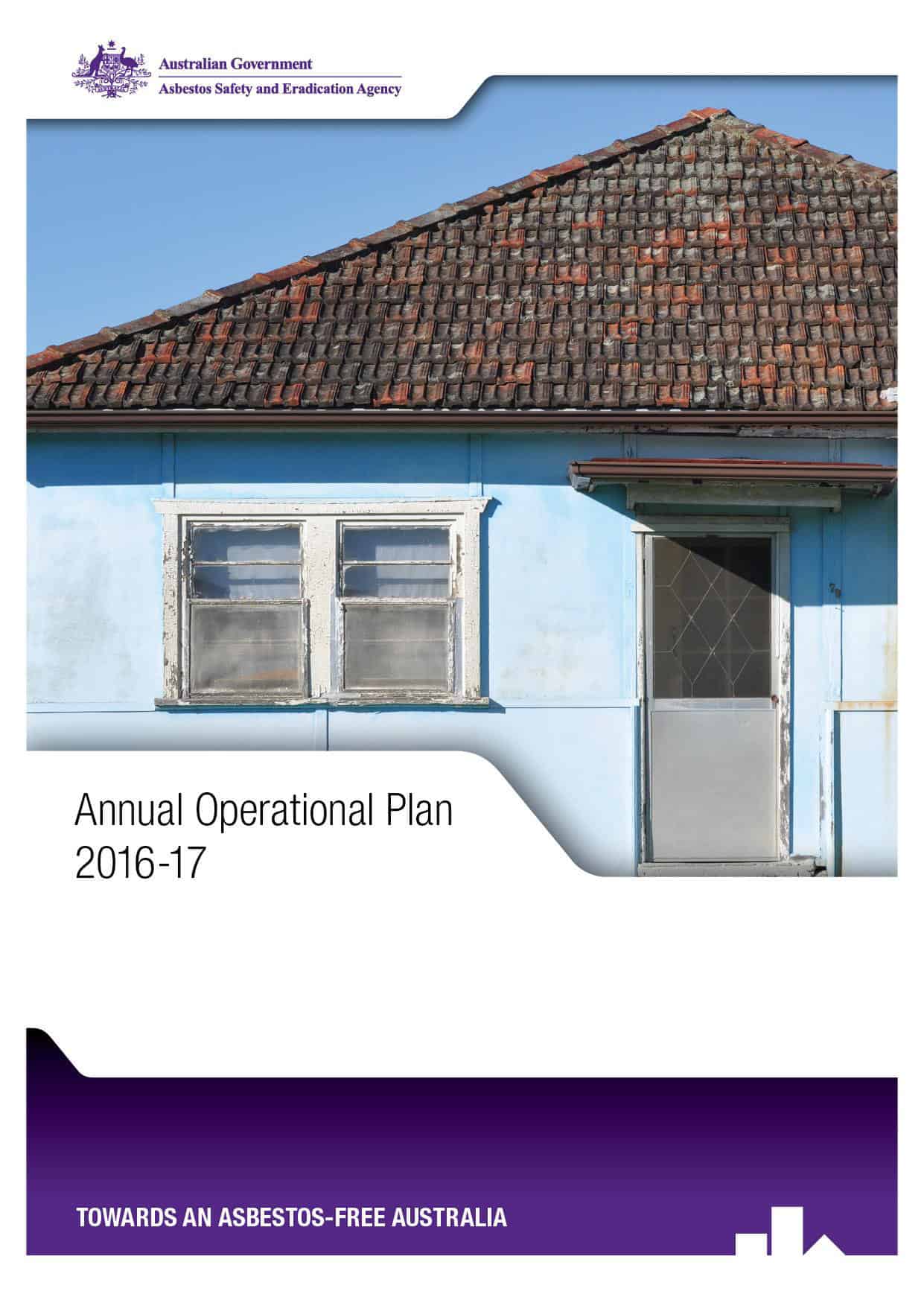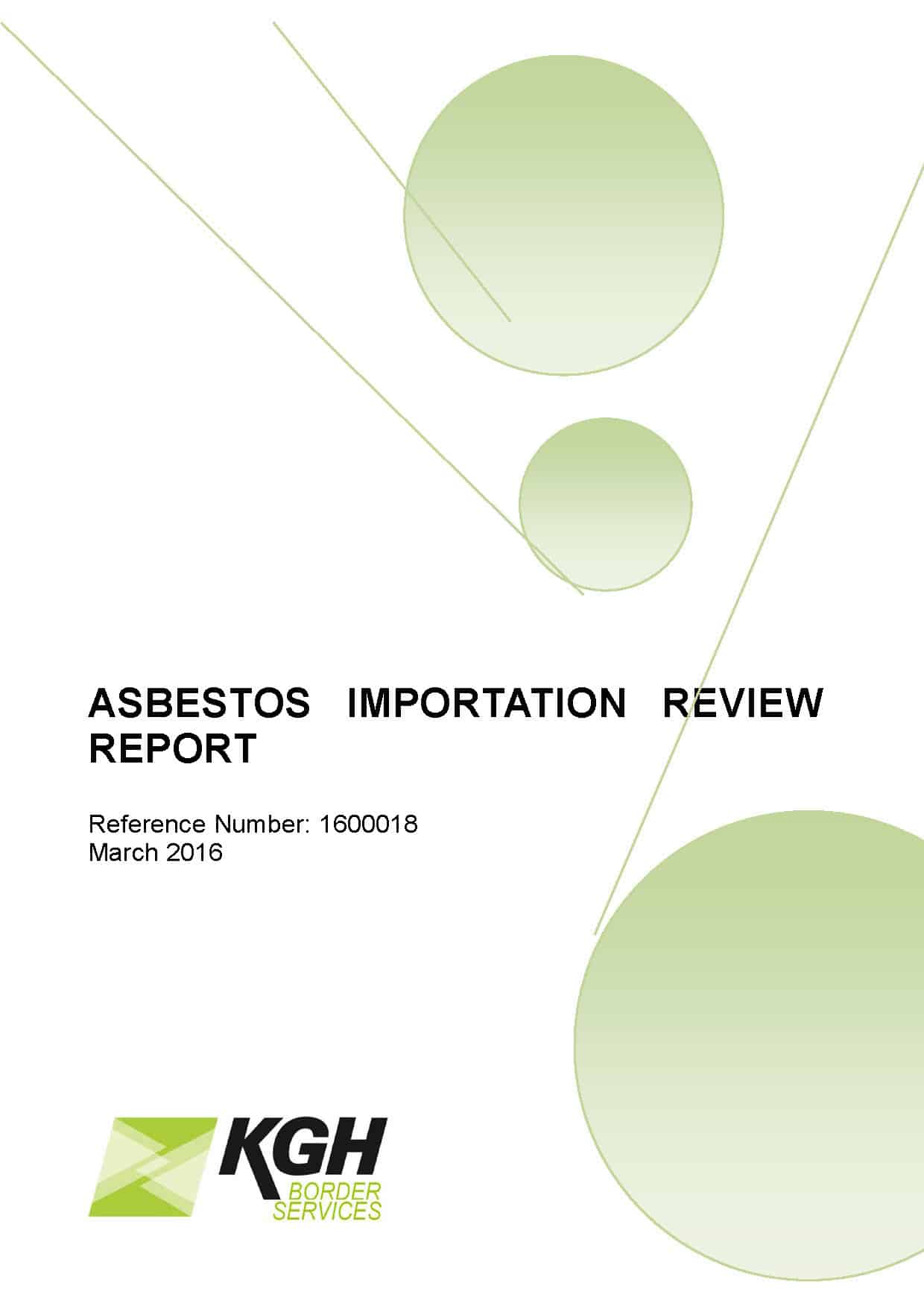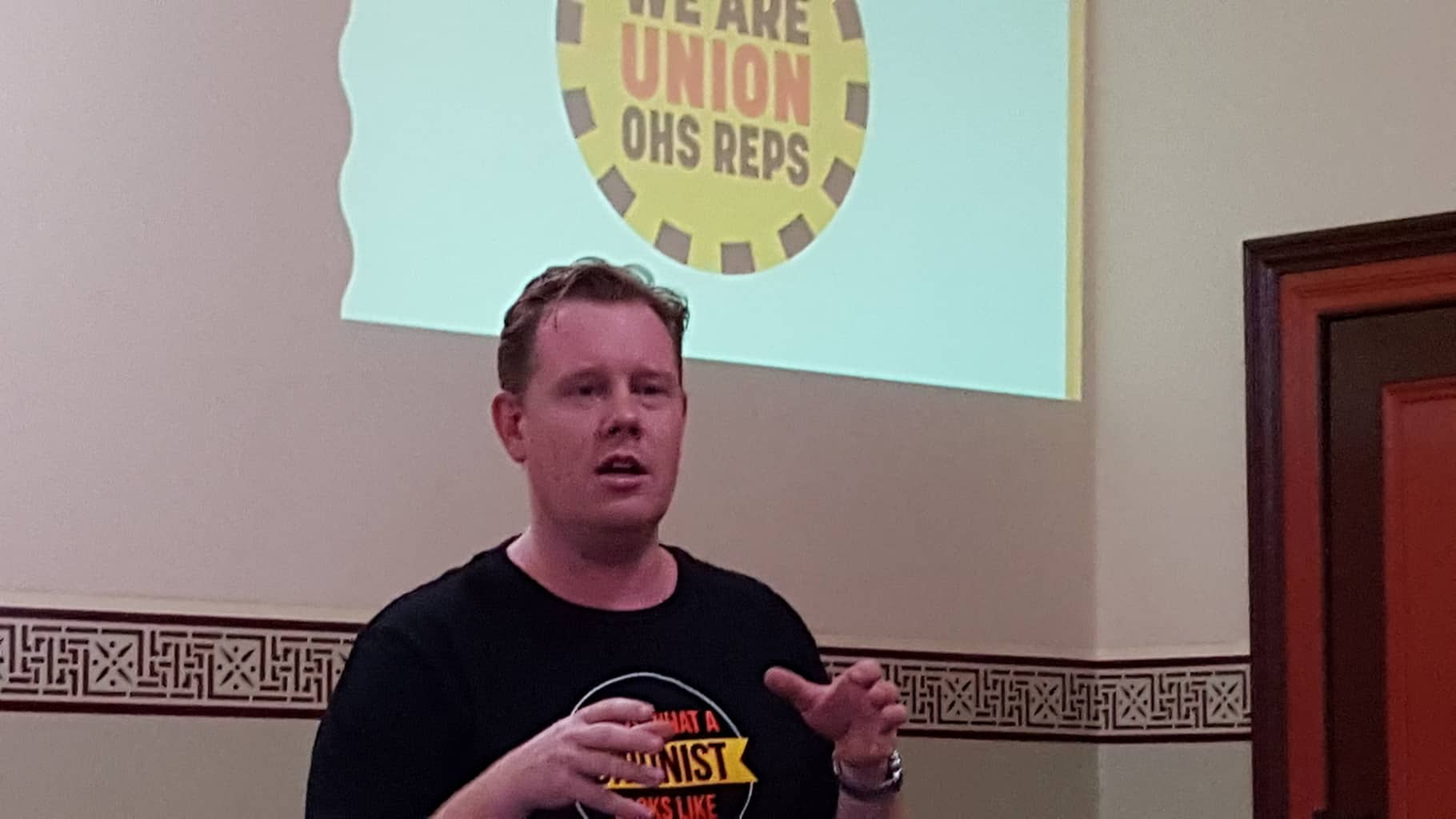When talking about workplace health and safety there is almost always questions about why one type of workplace hazard is given more priority than others. This is most common in discussing the neglect of mental health and psychosocial issues in comparison to incidents that result in physical  injury or death. The reasons given are almost always social ones, external to the workplace. A commentary in The Guardian newspaper for 1 November 2016 by David Conn adds another reason.
injury or death. The reasons given are almost always social ones, external to the workplace. A commentary in The Guardian newspaper for 1 November 2016 by David Conn adds another reason.
Parts of the English community have been calling for an inquiry into the “battle of Orgreave” which occurred in 1984 during the miners’ strike. This call was strengthened following the findings into the Hillsborough disaster and the cover-up by police. Orgreave campaigners were given hope by statements from the UK parliamentarian Therese May, upon becoming Prime Minister.
On 31 October 2016, the Home Secretary Amber Rudd told Parliament that no inquiry at all will be held into the event at Orgreave over which protesters were taken to Court in a prosecution that fell to bits after police evidence was found to be “unreliable”..
What is most pertinent to OHS is this comment from Conn:
“Rudd declared there was not a sufficient basis for an inquiry, partly because nobody died at Orgreave, as if this is the bar now being set for whether wrongdoing should be held to account.” (Emphasis added)
Rudd’s original statement said this:
“Despite the forceful accounts and arguments provided by the campaigners and former miners who were present that day, about the effect that these events have had on them, ultimately there were no deaths or wrongful convictions”
The Orgreave campaigners accepted that no one died on the day of the incident but that did not seem to be the point of the campaign. The allegation is that the conduct of the police generated unnecessary harm. Lives were ruined, families broken. The campaign was for justice.
Rudd establishes a moral benchmark that only fatalities generate official inquiries. Mental health and the impact of traumatic events get a lower billing. This reflects a similar approach to workplace incidents and harm. Broken legs get more attention than broken heads yet it is fair to say legs heal faster.
Fatalities, in some ways, are easier to manage because there is no disputing that death has occurred, only how and why. Trauma, mental illness, psychosocial problems are more complex as the illness themselves are often disputed or, at least, the extent of harm is disputed. Such psychosocial conditions also have a greater potential to reveal uncomfortable organisational truths such as poor management, poor leadership, exploitation, incivility, disrespect and abuse.
The U.K. Government venerates its political leaders but continues to show poor leadership in areas that could extend political careers (let’s acknowledge that motivation) as well as restoring faith in the political process, which is suffering badly around the world, and providing comfort to its citizens.
Governments are shy of inquiries, particularly independent ones, for many reasons, including cost, but they miss the fact that even though inquiries provide findings, it is often the exposure that provides greater benefit than the list of recommendations in the final report. This is evident from many of the continuing inquiries into child sex abuse by church leaders and others.
Governments, safety regulators and businesses need to accept that psychosocial hazards and incidents have as much merit for investigation as do physical injuries. Ignoring this perpetuates the harm and compounds the inequity and injustice which impedes resolution and the continuous improvement that society expects and OHS legislation requires.



